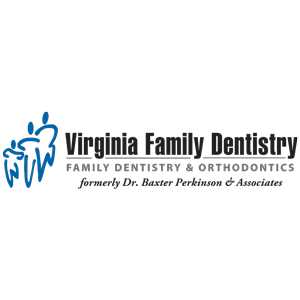It’s your family’s biannual trip to the dentist’s office. You anxiously sit in the waiting room with hopes of a cavity-free report. After a less than perfect visit six months ago, you purchased all the recommended toothpastes and rinses. Your kids even floss to boost cavity prevention. Unfortunately, despite the improvement in your child’s hygiene efforts, the dentist finds a few cavities. What happened? If your child is brushing and flossing, what could be causing him to consistently have dental decay? Like many other health issues today, diet is often the culprit.
Let’s unveil the mystery behind food and drink habits that drive dentists crazy and provide solutions for successful future checkups.
Decay is damage in the form of demineralization to the layers of the tooth caused by acidic conditions. Demineralization begins as soon as the pH in the mouth dips below 5.5 and if allowed to continue, forms holes in the tooth structure, hence the familiar term cavity. The bacteria found in the mouth, various strains of lactobacilli and streptococci, metabolize carbohydrates and emit acid as a by-product. Our saliva, the unsung hero in this case, buffers the acid and returns our mouth to a neutral pH. One’s susceptibility to decay is dependent on the virility of the specific bacteria that is present in the mouth, the capacity of the saliva to buffer acid, and the frequency of exposure to carbohydrates and/or acidic foods.
We know that decay happens in an acidic environment. But we don’t eat and drink acid, right? Wrong! Several of the things we ingest are indeed acidic and make up the first category of foods that drive dentists crazy. These include a variety of citrus fruits, juices, and carbonated beverages. It is not shocking that sodas made the naughty list. The average soda has a pH of 2.7, well below the critical level where demineralization begins. However, one might not realize that it’s not just sugary sodas, but also carbonated beverages in general – because they contain acid. So, while opting for a diet soda might save a few calories, the truth is, it is just as detrimental to your smile.
Since bacteria feed off carbohydrates, they make up the other main category of foods to limit. Sucrose, glucose, fructose, and lactose are instantly metabolized to acid. This category contains all the usual culprits for decay such as candy, cakes, and chips. But patients often overlook some hidden sugar sources like sweet tea, coffees, and energy drinks. As with soda, the teeth are bathed in these beverages especially when they are sipped all day long, constantly reducing the pH in one’s mouth before that superhero saliva has a chance to do its job of neutralizing.
Sugary foods often have a syrupy, sticky texture. These are particularly poor choices because they find their way into the grooves of teeth and are harder to remove, thus remaining in contact for longer periods of time. Avoid sugar-rich taffy, gummy bears (and similar treats), and dried fruits.
It’s not realistic to think that children will never consume anything that is bad for their teeth. In fact, some of the items listed above, fruits for example, are part of a balanced diet. Since it is impossible to eliminate all sources of decay, it is important to at least encourage a reduction in the frequency of exposure to these items. Brushing, rinsing, and flossing after a snack remove the source rapidly, to help minimize damage. In addition, limiting non-water beverages to meal times can greatly reduce the incidence of dental decay and lead to better checkups.




